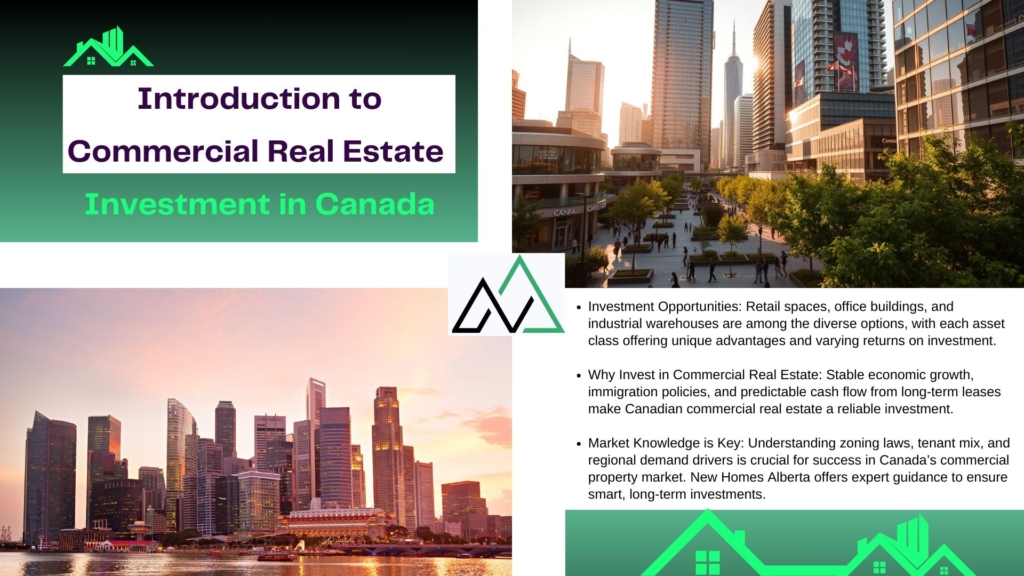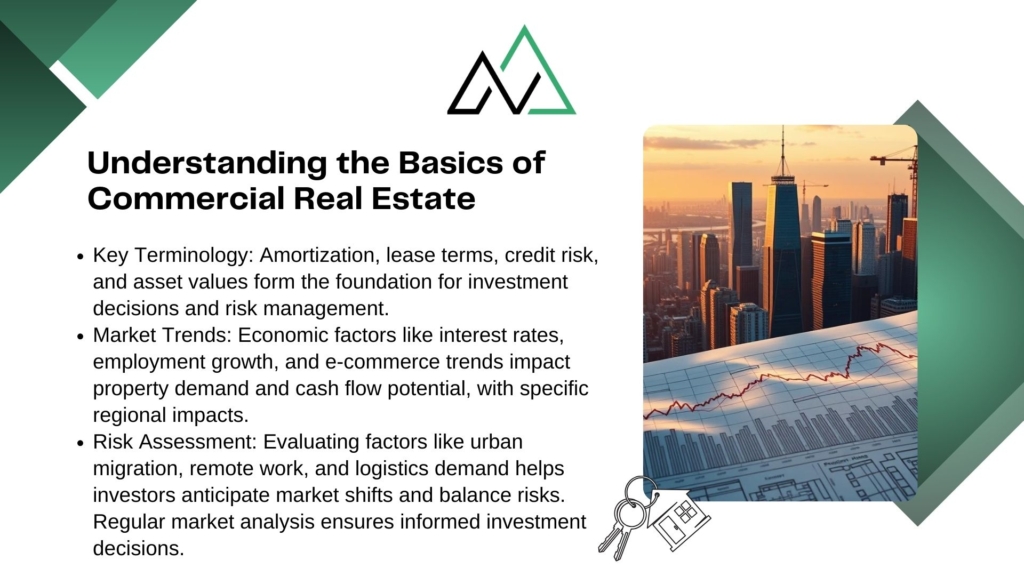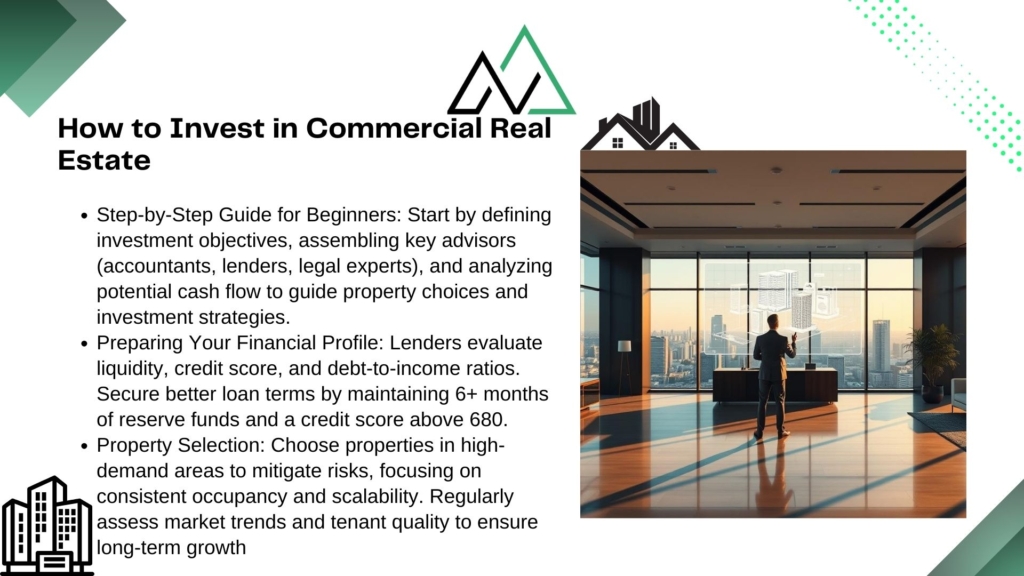Navigating property markets requires strategy and trusted expertise. New Homes Alberta, a leader in Canadian real estate guidance, simplifies the process for aspiring investors. This guide breaks down actionable steps to build confidence, whether you’re exploring your first deal or expanding your portfolio.
Early planning is critical. Industry professionals like Amaral stress the value of connecting with lenders and accountants before finalizing decisions. These partnerships help clarify financial goals and uncover opportunities tailored to your budget.
New Homes Alberta prioritizes transparency, offering clear insights into market trends and due diligence. Their team empowers clients with practical tools to evaluate risks, assess cash flow potential, and identify growth-focused properties. With over a decade of experience, they turn complex processes into manageable steps.
Ready to take the next step? Keep (403) 305-9167 close for personalized advice. Let’s turn your vision into reality.
Key Takeaways
- Trusted guidance from New Homes Alberta simplifies entry into property markets.
- Early conversations with financial experts optimize investment planning.
- Market analysis and due diligence minimize risks and maximize returns.
- Cash flow evaluation ensures sustainable long-term growth.
- Actionable steps make commercial opportunities accessible to all experience levels.
Introduction to Commercial Real Estate Investment
Canada’s property markets offer diverse avenues for building wealth through strategic acquisitions. New Homes Alberta specializes in guiding clients through this dynamic landscape, where informed choices separate thriving portfolios from missed opportunities.

Overview of Investment Opportunities
Retail spaces, office buildings, and industrial warehouses represent just a fraction of available options. Multi-family residential complexes also fall under commercial classifications in many provinces. Each asset class carries distinct advantages:
| Property Type | Average ROI (2023) | Demand Drivers |
|---|---|---|
| Retail | 6.8% | Consumer spending trends |
| Industrial | 8.1% | E-commerce growth |
| Multi-Family | 7.4% | Urban migration patterns |
Why Commercial Real Estate in Canada?
Stable economic growth and immigration policies fuel consistent demand. A 2023 Colliers report showed commercial vacancy rates below 10% in major cities like Calgary and Edmonton. Unlike residential markets, leases often span 3-5 years, providing predictable cash flow.
Success requires both capital reserves and market knowledge. “Investors who analyze zoning laws and tenant mix outperform those chasing short-term gains,” notes a recent industry white paper. New Homes Alberta’s team helps clients navigate these nuances, aligning purchases with long-term financial goals.
Understanding the Basics of Commercial Real Estate
Successful ventures in property assets begin with mastering industry language and recognizing economic patterns. Grasping these elements helps investors evaluate opportunities accurately and avoid costly misunderstandings.
Key Terminology and Concepts
Core terms shape decision-making. Amortization refers to spreading loan payments over time, while lease terms define tenant agreements. Credit risk measures a borrower’s reliability, and asset values fluctuate based on location and demand.

Market Trends and Economic Drivers
Interest rates and employment growth directly influence cash flow potential. For example, a 2023 Altus Group report showed Calgary’s industrial spaces gained 12% value due to logistics demand. Urban migration boosted multi-family housing needs in Edmonton, with vacancy rates below 4%.
| Trend | Impact on Properties | Risk Factor |
|---|---|---|
| E-commerce growth | +15% warehouse demand | Moderate |
| Remote work adoption | Office space redesigns | High |
| Immigration surges | Rental building shortages | Low |
Assessing these factors helps balance risks. Properties in transit-friendly areas often maintain stable occupancy, while outdated buildings face higher renovation costs. Regular market reviews keep strategies aligned with shifting conditions.
How to invest in commercial real estate
Building wealth through property acquisitions starts with a structured roadmap. New investors often benefit from breaking down the journey into manageable phases, focusing on advisor collaboration and financial clarity.

Step-by-Step Guide for Beginners
- Define Objectives: Outline whether you prioritize steady cash flow or long-term growth. This shapes property selection and partnership strategies.
- Assemble Advisors: Connect with accountants, lenders, and legal experts early. Their insights reveal hidden opportunities and streamline documentation.
- Analyze Cash Flow: Calculate projected rental income minus expenses. Properties with 8-12% annual returns often balance risks effectively.
Preparing Your Financial Profile
Lenders evaluate liquidity, credit scores, and debt-to-income ratios. A 2023 Canadian Mortgage Trends report showed investors with 6+ months of reserve funds secured better loan terms. Forecast growth by comparing market trends with your capacity for renovations or expansions.
| Financial Factor | Ideal Range | Impact on Approval |
|---|---|---|
| Liquid Reserves | 6-12 months | High |
| Credit Score | 680+ | Critical |
| Debt Ratio | < 36% | Moderate |
Properties in high-demand areas often offset risks through consistent occupancy. “Align acquisitions with demographic needs,” advises financial planner Rachel Turenne. Regular reviews of lease structures and tenant quality further protect cash flow while positioning for scalable growth.
Financing Strategies for Your Investment
Strategic financial planning separates thriving portfolios from stalled ambitions in property acquisitions. Building relationships with financial partners early unlocks tailored solutions that align with both immediate needs and long-term growth objectives.
Engaging Lenders Early and Analyzing Options
Proactive discussions with banks and credit unions reveal opportunities often overlooked. Lenders assess credit profiles differently for business owners versus individual investors. For example, companies with steady office lease income may qualify for lower rates compared to startups.
Financial institutions frequently offer access to provincial grants like Alberta’s Investor Tax Credit, which reduces upfront costs by 10-15%. Payment flexibility options—such as deferred principal payments during renovations—help manage cash flow gaps. “Borrowers who present 3-year financial projections secure better terms,” notes TD Bank’s commercial lending team.
Interest Rates, Loan Structures, and Grants
Fixed-rate loans provide stability for budget-conscious investors, while variable options suit those anticipating rate drops. A 2023 BMO study showed investors using hybrid structures (part fixed, part variable) saved 2.1% annually compared to single-rate users.
| Rate Type | Best For | Risk Level |
|---|---|---|
| Fixed | Long-term holders | Low |
| Variable | Short-term flips | Moderate |
| Hybrid | Portfolio diversifiers | Balanced |
New Homes Alberta helps clients analyze lender proposals through scenario modeling. This approach clarifies how rate shifts impact 5-year profitability, ensuring informed decisions that protect company assets.
Choosing the Right Property and Location
Strategic selection drives lasting success in property portfolios. Balancing physical attributes with location dynamics creates assets that deliver consistent returns while adapting to market shifts.
Assessing Property Features and Configuration
Evaluate layouts and infrastructure against tenant needs. Retail spaces near highways require ample parking, while industrial warehouses need high ceilings and loading docks. A 2023 CBRE report showed properties with energy-efficient systems retained tenants 23% longer than outdated buildings.
- Prioritize flexible floor plans for multiple tenant types
- Check zoning laws for expansion possibilities
- Review maintenance histories to forecast repair costs
Evaluating Demographics and Accessibility
Neighborhood growth patterns determine long-term value. Calgary’s Beltline district saw 14% population growth since 2020, boosting demand for mixed-use spaces. Transit access remains critical—properties within 500m of LRT stations average 98% occupancy.
| Location Factor | Ideal Metric | Impact on Value |
|---|---|---|
| Median Age | 25-44 years | High retail demand |
| Transit Stops | < 10 min walk | +12% rental premiums |
| School Proximity | 1-2 km | Stable family tenants |
Compare multiple options across regions before committing. Urban infill sites often offer quicker returns, while suburban areas provide expansion potential over 5-7 years. Regular market scans ensure alignment with emerging trends.
Conducting Due Diligence and Managing Risks
Thorough analysis separates secure acquisitions from costly oversights. Savvy professionals treat due diligence as their primary defense against hidden liabilities in property transactions. Every document and dollar trail tells a story—learn to read it.
Legal Documentation and Financial Reviews
Scrutinize three core areas before signing agreements:
- Lease audits: Verify tenant payment histories and renewal clauses
- Zoning compliance: Confirm permitted uses match business plans
- Environmental reports: Assess soil tests and remediation costs
A Calgary investor group avoided $240k in unexpected repairs by demanding updated HVAC inspection records. Their discovery? A hidden clause requiring roof replacements within 18 months.
Risk Mitigation and Insurance Considerations
Protect assets with layered coverage strategies. Standard policies often exclude floods or tenant lawsuits. Industry leaders recommend:
| Coverage Type | Protection Scope | Average Cost |
|---|---|---|
| Property | Structural damage | $1.20/sqft |
| Liability | Tenant injuries | $850/year |
| Loss of Income | Vacancy periods | 12% of rent |
“Cross-referencing tenant financials with business registries exposed three fake companies during our Edmonton mall purchase.”
— Alberta Portfolio Managers
Monthly expense tracking tools help spot cash flow red flags early. Software like CRE Console auto-flags irregular utility spikes or maintenance patterns. Combine digital oversight with quarterly physical inspections for full-spectrum risk management.
Exploring Innovative Commercial Real Estate Investment Strategies
Diversification remains the cornerstone of resilient portfolios in property markets. Savvy professionals balance stability with growth potential by mixing asset types and management approaches. This approach minimizes volatility while capturing upside across economic cycles.
Core, Core-Plus, and Value-Add Investment Models
Three primary frameworks shape modern acquisition strategies:
- Core assets: Fully occupied properties in prime locations needing minimal upgrades
- Core-plus: Stable buildings requiring modest improvements to boost returns
- Value-add: Underperforming assets with renovation potential
| Model | Allocation | Focus |
|---|---|---|
| Core | 40% | Stable income |
| Core-Plus | 30% | Balanced growth |
| Value-Add | 20% | Renovation upside |
| Opportunistic | 10% | High-risk projects |
Opportunistic Investments, REITs, and Private Equity
Specialized vehicles unlock unique opportunities. Real Estate Investment Trusts (REITs) allow fractional ownership in shopping centers or office towers. Private equity funds target development projects or distressed assets. Both options provide diversification without direct management.
“Blending REITs with direct holdings creates liquidity buffers during market shifts.”
— Prairie Wealth Portfolio Managers
Due diligence determines suitability. Review track records, fee structures, and exit strategies before committing. Quarterly performance reviews keep portfolios aligned with shifting economic conditions.
Effective Management and Long-Term Growth
Sustained success in property portfolios demands proactive oversight and adaptability. Beyond initial acquisitions, consistent monitoring ensures assets evolve with market shifts while maintaining profitability. New Homes Alberta emphasizes operational excellence as the backbone of scalable wealth creation.
Maximizing Cash Flow and Operational Efficiency
Optimizing returns starts with streamlined processes. Automated rent collection systems reduce delays, while energy audits cut utility costs by 18-25% annually. Regular tenant satisfaction surveys help retain reliable occupants, minimizing vacancy risks.
| Strategy | Action | Impact |
|---|---|---|
| Cost Control | Renegotiate vendor contracts | 5-12% savings |
| Revenue Growth | Add storage units or signage | +8% income |
| Tech Integration | Install smart HVAC systems | 20% efficiency gain |
Portfolio tracking tools like RentViewer Pro simplify performance reviews. These platforms flag underperforming assets, allowing quick strategy adjustments. “Monthly expense benchmarks reveal hidden savings opportunities,” notes Calgary property manager Lianne Desjardins.
Reinvesting profits into strategic upgrades maintains competitiveness. Updating lobbies or parking areas often yields 3:1 return ratios through increased tenant retention. Quarterly financial health checks ensure alignment with broader wealth-building goals.
“Properties managed with quarterly performance reviews deliver 34% higher returns over five years.”
— Alberta Real Estate Investors Association
Adaptability remains crucial. Shift leasing terms during economic downturns or introduce flexible workspaces in response to remote work trends. This dynamic approach transforms challenges into growth catalysts.
Conclusion
Building lasting wealth through property requires equal parts strategy and support. By prioritizing financial planning, market analysis, and proactive management, you lay the groundwork for sustainable growth. Careful allocation of funds, coupled with insights into emerging trends, transforms aspirations into tangible results.
New Homes Alberta simplifies this journey. Their team helps craft portfolios that balance immediate income potential with long-term value. Whether evaluating financing options or optimizing tenant relationships, their expertise turns complex decisions into clear next steps.
Ready to act? Use this guide’s actionable strategies to navigate opportunities with confidence. For personalized advice tailored to your goals, call New Homes Alberta at (403) 305-9167. Let their decade of experience accelerate your path to financial freedom—one informed decision at a time.
FAQ
What makes Canadian commercial properties a strong investment choice?
Canada’s stable economy, growing urban centers like Calgary and Edmonton, and consistent demand for retail, office, and industrial spaces create reliable cash flow opportunities. Tax incentives and long-term tenant leases further enhance profitability.
How do interest rates impact financing options for acquisitions?
Rising rates increase borrowing costs, affecting loan eligibility and cash flow projections. Investors often negotiate fixed-rate mortgages or explore alternative lenders like BMO or TD Bank for flexible terms aligned with market conditions.
What features indicate a high-potential retail or office property?
Prioritize locations with strong foot traffic, proximity to transit hubs, and modern amenities like energy-efficient systems. Mixed-use developments in areas like Toronto’s Liberty Village often attract diverse tenants and ensure steady occupancy.
Can REITs provide exposure without direct property ownership?
Yes. Real Estate Investment Trusts, such as Brookfield Asset Management, allow fractional ownership in portfolios like shopping malls or warehouses. They offer liquidity and passive income while minimizing hands-on management responsibilities.
Why is due diligence critical before closing a deal?
Inspecting zoning compliance, environmental reports, and tenant lease agreements helps avoid hidden liabilities. Partnering with firms like Avison Young ensures thorough audits of financial records and property conditions.
How can investors balance risk across different asset classes?
Diversifying into sectors like multifamily housing, medical offices, or industrial parks spreads exposure. Core-plus strategies in stable markets combined with value-add projects in emerging areas optimize growth and stability.
What operational strategies maximize net operating income?
Implementing cost-saving measures—smart HVAC systems, LED lighting upgrades, or renegotiating vendor contracts—boosts profitability. Regular maintenance and tenant retention programs also reduce vacancies and turnover costs.
Are grants available for sustainable building upgrades?
Programs like Canada’s Green Municipal Fund offer rebates for solar installations or energy retrofits. These improvements not only lower utility expenses but also align with ESG goals, attracting eco-conscious tenants.





